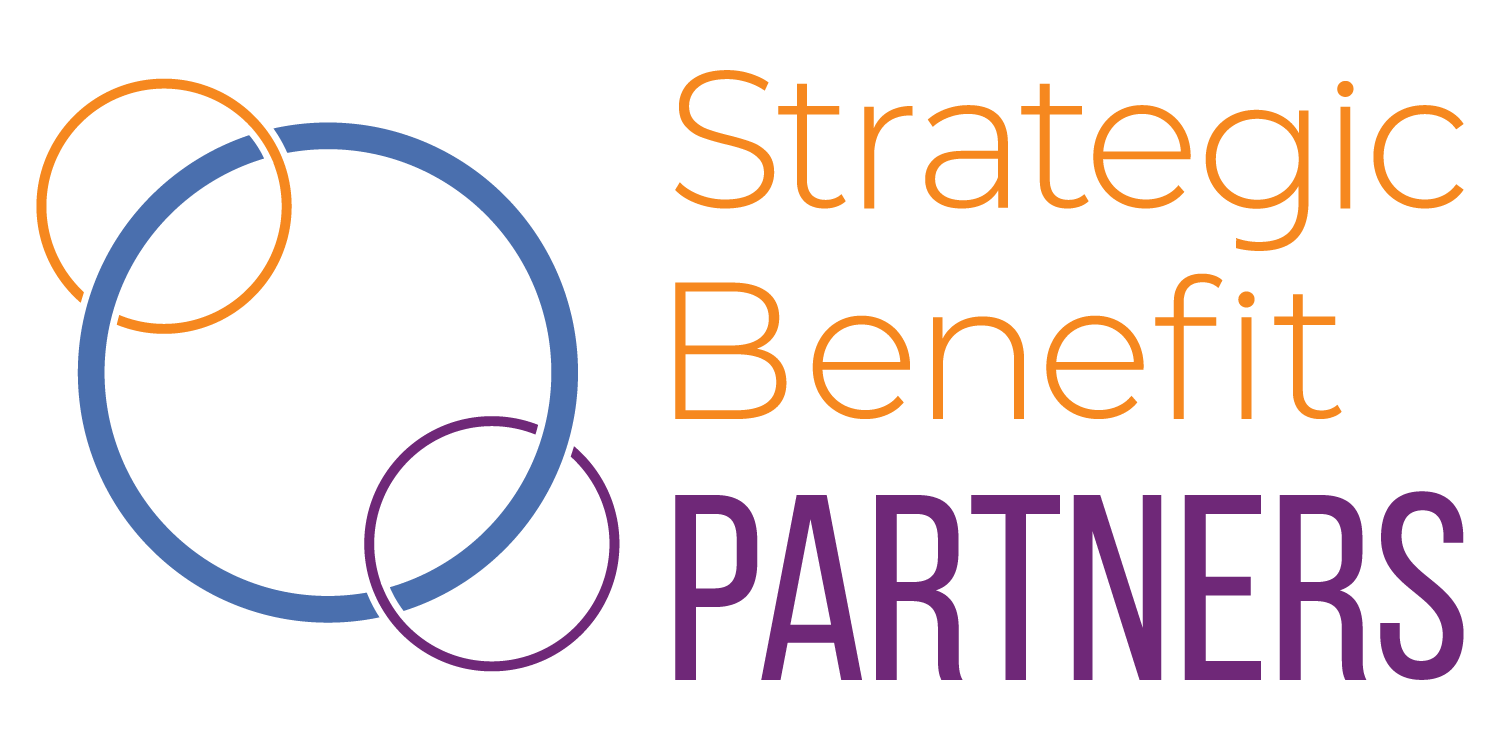Harnessing "The Happiness Advantage": How Health Insurance Empowers Employees
In today's ever changing work landscape, where demands are high and stress levels often follow suit, cultivating a culture of well-being isn't just a nicety—it's a necessity. Enter "The Happiness Advantage," a concept popularized by positive psychologist Shawn Achor, emphasizing the profound impact of positivity on individual and organizational success. Central to this philosophy is the understanding that happiness isn't just a result of success; it's a catalyst for it.
One critical aspect of encouraging this advantage within the workplace is through comprehensive health insurance coverage. While the correlation between health and happiness might seem intuitive, the tangible benefits it brings to employees and businesses alike cannot be overstated.
Investing in Employee Well-being
Offering health insurance coverage demonstrates a commitment to the well-being of employees beyond the confines of the office walls. It provides peace of mind, knowing that medical needs are covered, and preventive care is within reach. This sense of security is foundational to building a happier and more engaged workforce. In one example used in “The Happiness Advantage”, “researchers gave subjects a survey designed to measure levels of happiness – then injected them with a strain of the cold virus. A week later, the individuals who were happier before the start of the study had fought off the virus much better than the less happy individuals. They didn’t just feel better, either; they actually had fewer objective symptoms of illness as measured by doctors.” Think of it this way, if employees feel taken care of, and therefore happier, by being offered health insurance through the workplace, then they may be less likely to contract illnesses that will take them away from their daily tasks within the office or on the job site.
Reducing Financial Stress
Medical emergencies or chronic health conditions can wreak havoc on an individual's financial stability. Health insurance serves as a safeguard against such crises, alleviating the burden of high medical bills. By mitigating financial stressors, employees can focus their energy on personal and professional growth, contributing positively to overall workplace morale and productivity.
Promoting Proactive Health Management
Preventive care, often covered by health insurance plans, empowers individuals to prioritize their health proactively. Routine check-ups, screenings, and wellness programs not only detect potential issues early but also foster a culture of self-care within the organization. Healthy employees are not just happier; they're more resilient, better equipped to handle challenges, and less prone to absenteeism.
Strengthening Employer-Employee Relationships
A comprehensive health insurance package communicates a sense of value and appreciation to employees, fostering loyalty and trust. When individuals feel supported by their employer, they are more likely to invest themselves fully in their roles and the organization's mission. This symbiotic relationship forms the bedrock of a thriving workplace culture built on mutual respect and shared goals.
The Bottom Line: A Win-Win Proposition
From a business standpoint, the benefits of prioritizing employee health extend far beyond the intangible realm of happiness. A healthier workforce translates to lower healthcare costs, decreased turnover rates, and heightened productivity. Moreover, it enhances the employer brand, making the organization an employer of choice in a competitive talent market.
In essence, "The Happiness Advantage" is not merely a lofty aspiration; it's a strategic imperative for modern businesses seeking sustainable growth and success. By investing in the well-being of their employees through comprehensive health insurance coverage, organizations not only foster a happier, more engaged workforce but also reap tangible rewards in terms of productivity, retention, and overall profitability. In prioritizing the health and happiness of their employees, businesses position themselves as leaders in creating workplaces where individuals thrive, both personally and professionally.

